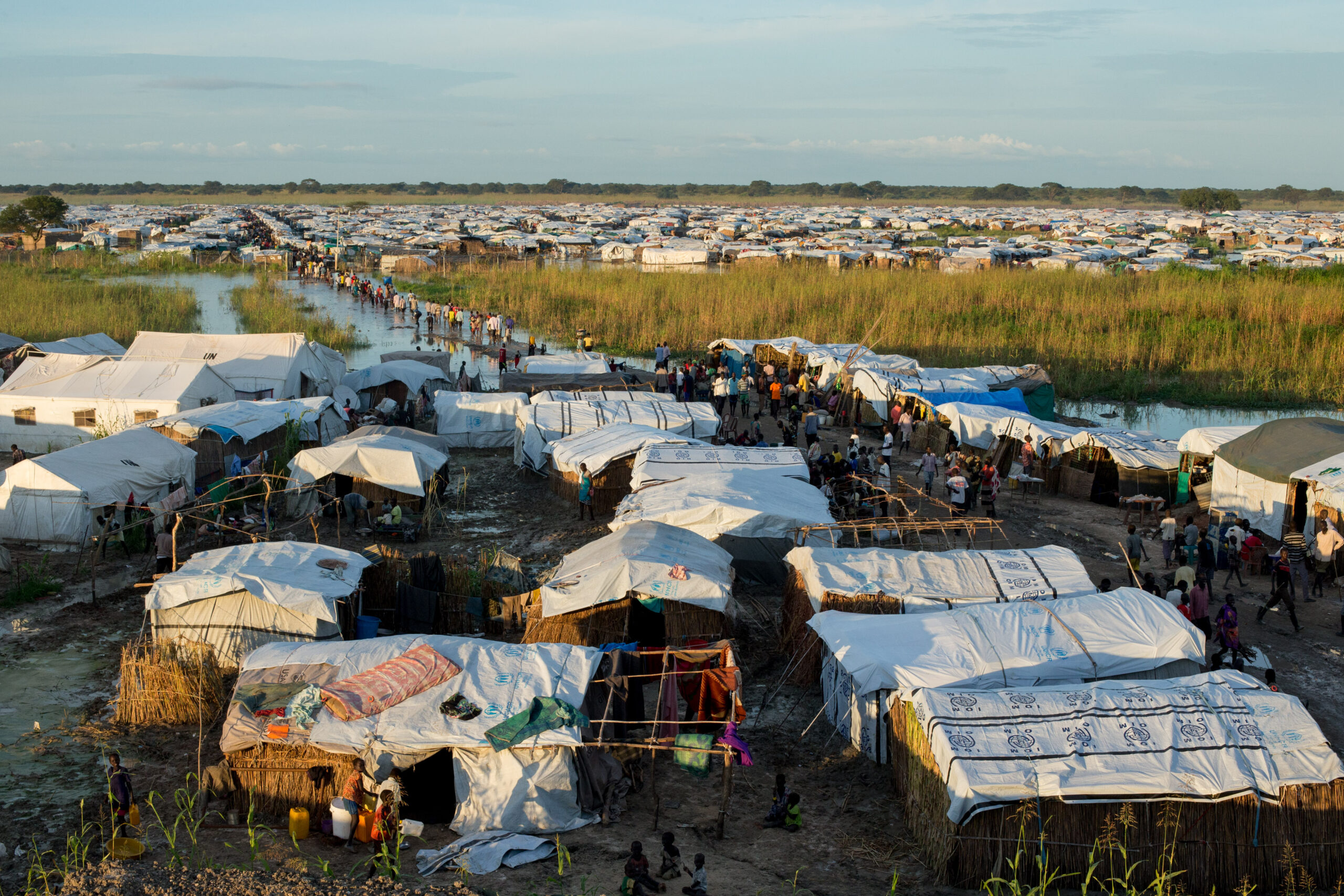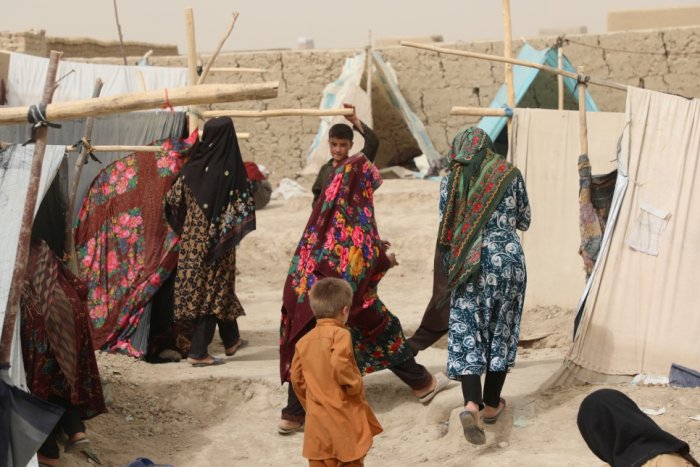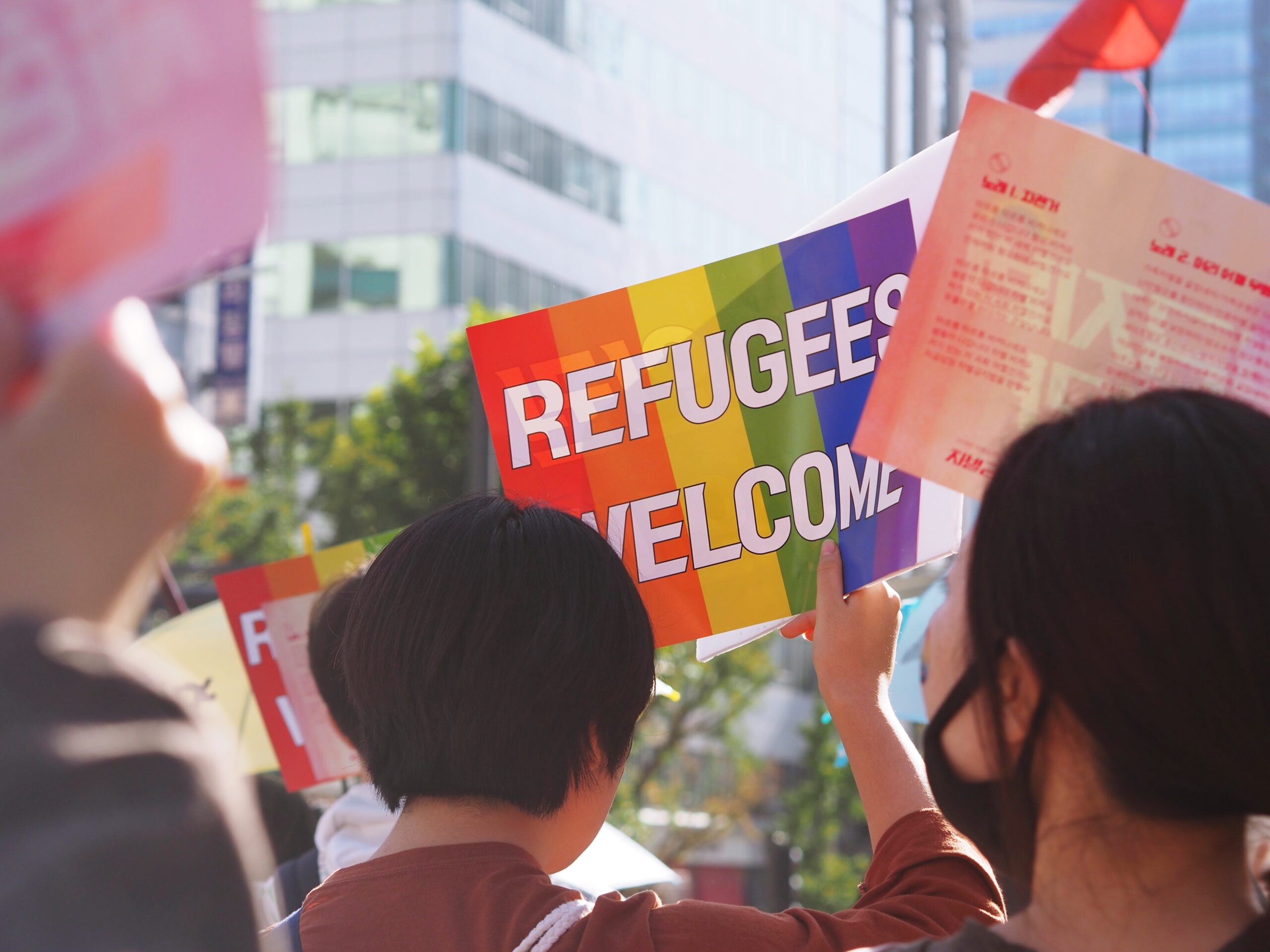Remembering the Human in Humanitarian
There is an incredible complexity within disasters – size, security, operational space, the capacities of organizations. Another is the perception that a disaster ends when it is no longer a lead story in the news. But in reality, disasters are rarely over quickly, even if the impetus – the hurricane, the flood, the war – […]

There is an incredible complexity within disasters – size, security, operational space, the capacities of organizations. Another is the perception that a disaster ends when it is no longer a lead story in the news. But in reality, disasters are rarely over quickly, even if the impetus – the hurricane, the flood, the war – recedes. And then there’s the humanity behind each disaster.
During the Center for Disaster Philanthropy’s (CDP) recent webinar Humanitarian Crises Around the World, panelists Reshma Adatia of Médecins Sans Frontières, Robert Miyashiro of Conrad N. Hilton Foundation and George Readings of International Rescue Committee spoke to the very complexities that create ever-present tensions, especially in international disasters, which can scare the best-intentioned philanthropist off in search of a simple university library to fund.
The absolute scale of needs globally can be overwhelming. As a society, we have never been as informed as we are right now. And yet, the bombardment of data risks creating a numbness to the scale of inhumanity on display worldwide.
The data itself can be hard to process. According to the latest United Nations High Commissioner for Refugees (UNHCR) Global Trends Report, the number of migrants, or people residing in a country other than their country of birth, reached the highest ever recorded or 281 million, in 2020.
Although many individuals migrate out of choice, too many others migrate out of necessity. Of the people moving out of need, 79.5 million are fleeing war, persecution and conflict. This is the highest number ever recorded since the UNHCR was formed 70 years ago; it is double what it was 20 years ago, and it continues to increase each year. Add the number of people in need of assistance due to the COVID-19 pandemic and its multiple ripple effects, and it is hard to know how to choose who to help.
And then there is the cost. According to the UN’s Global Humanitarian Overview, the total budget appeal for active international responses, including COVID-19 response, is more than $35.1 billion for 2021. And to be clear, the amount covers only immediate relief and does not include the critical phases of rebuilding, stabilizing, recovery and development.
Beyond the data is the true face of disasters – the people affected by crises, with hopes and dreams, and their very human desire to live their lives with dignity.
A few tips from our panelists on navigating these complexities:
- Remember the individuals. You have more in common with the people surviving the crisis than you might think. Take time to humanize them; recall that they, too, are having babies, cooking meals and seeking an education for their children.
- Take a long-term and collaborative approach. When possible, fund multi-year grants that provide frontline organizations with the ability to forecast and plan their work while also being sensitive to changes. Leverage your assistance to attract other donors.
- Flexible funding is critical. Protracted crises are not static; they are constantly changing events. NGOs and community-based organizations must have the flexibility to respond to the emerging situation swiftly and efficiently.
More like this

Tips for donors on Afghanistan’s complex humanitarian emergency

